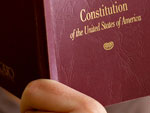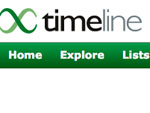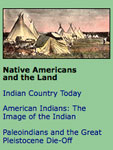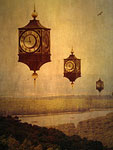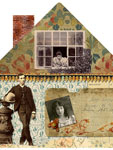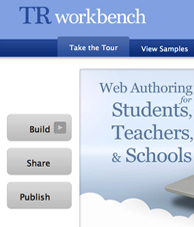In my elementary social studies methods classes, I ask students to share examples of history lessons they observe in their field experiences. Though there are always a few inspiring stories of teachers engaging K6 students in meaningful historical thinking and creative activities, the vast majority of pre-service teachers report that they observe no social studies whatsoever. Similarly, many of my colleagues teaching in elementary schools report that their principals have explicitly instructed them to no longer teach history in order to focus on test preparation for math and literacy.
Eliminating history from the elementary curriculum is irresponsible and, ultimately, unnecessary.
This focus on student achievement as measured by standardized tests has dramatically narrowed the curriculum () and framed the social studies, history included, as a non-essential field of study (). Whether one thinks of the purpose of public schools as being preparation for jobs, college, democratic citizenship, or some combination of the three, eliminating history from the elementary curriculum is irresponsible and, ultimately, unnecessary.
For even if one acquiesces to a curriculum that is explicitly focused on mathematics and literacy, the best math problems and reading materials are not decontextualized, empty vessels—they are about something real (). When students practice reading, for example, they can read about history, and when they do calculations, they can use historical data. The choice between teaching math and literacy or teaching history is a false one. Though time is indeed limited and teachers justifiably feel pulled in many directions, the excuse that there “isn’t enough time” is, in the end, a weak one.
For those teachers willing to overcome real and perceived time constraints, they must also contend with state standards and district materials presenting a narrow, reductive, and, at times, erroneous history. I am most familiar with the situation in Virginia. The state’s standards represent a cultural literacy model of canonical facts in lieu of a more progressive “Expanding Horizons” approach (read the Virginia standards here). A recent article by Van Hover, Hicks, Stoddard, and Lisanti () details the highly politicized evolution of the “Standards of Learning” and rightly critiques what is now considered natural and normal social studies instruction in the state.
In spite of their many weaknesses, these standards can serve as a foundation upon which to build rich social studies experiences. Stacy Hoeflich, an award-winning teacher in Alexandria, is one fine example of a teacher doing just that (watch her in action by clicking here). More often than not, however, these standards dictate what is taught in restrictive, retrogressive ways and keep teachers from developing curriculum informed by multiple perspectives and connected to the lives and questions of their students.
The standards appear to be neutral and safe rather than what they really are: intensely political and inherently exclusive.
My pre-service teachers, for instance, express anxiety about straying from the standards by including any historical information that may be perceived as “controversial.” Though they acknowledge that lessons celebrating the friendship of Pilgrims and Indians during the first Thanksgiving, Columbus’ “discovery” of America, or Rosa Parks’s spontaneous decision to stay seated represent historical narratives that are (at best) misleading, many of them admit they will continue to teach these myths so as not to upset administrators or outspoken parents. To them, the standards appear to be neutral and safe rather than what they really are: intensely political and inherently exclusive. In addition, many of my students express a lack of confidence in their historical background knowledge and thus plan to rely heavily on district-supplied textbooks and resources. While I empathize with their situation, this is worrisome given the recent report of dozens of errors in textbooks used widely throughout the state ().
In sum, the condition of history in the elementary classroom is one of great concern. History is rarely included as part of the curriculum and, if it is taught, relies upon a conventional and canonical perspective that ignores historical scholarship and excludes multiple perspectives. Our best hope is that current and future teachers become critical consumers of state standards and district-sponsored materials and see themselves as “smugglers” of good history back into the school day.
Footnotes
P.B. Joseph, et al. (2010), "Narrowing the Curriculum," in Cultures of Curriculum, ed. P.B. Joseph (2010): 3654.
G. Bailey, E. Shaw, and Hollifield, D, "The Devaluation of Social Studies in the Elementary Grades," Journal of Social Studies Research, 30(2) (2006):1829.
National Council of Teachers of Mathematics, Principles and Standards of School Mathematics (Reston, VA: NCTM, 2000).
S. Van Hover, et al, "From a Roar to a Murmur: Virginia's History & Social Science Standards, 1995 to the Present," Theory and Research in Social Education, 38(1) (2010): 82115.
K. Sieff, "Erroneous History Textbook ‘Our Virginia’ to Be Pulled from Fairfax Schools," Washington Post, January 7, 2011.
